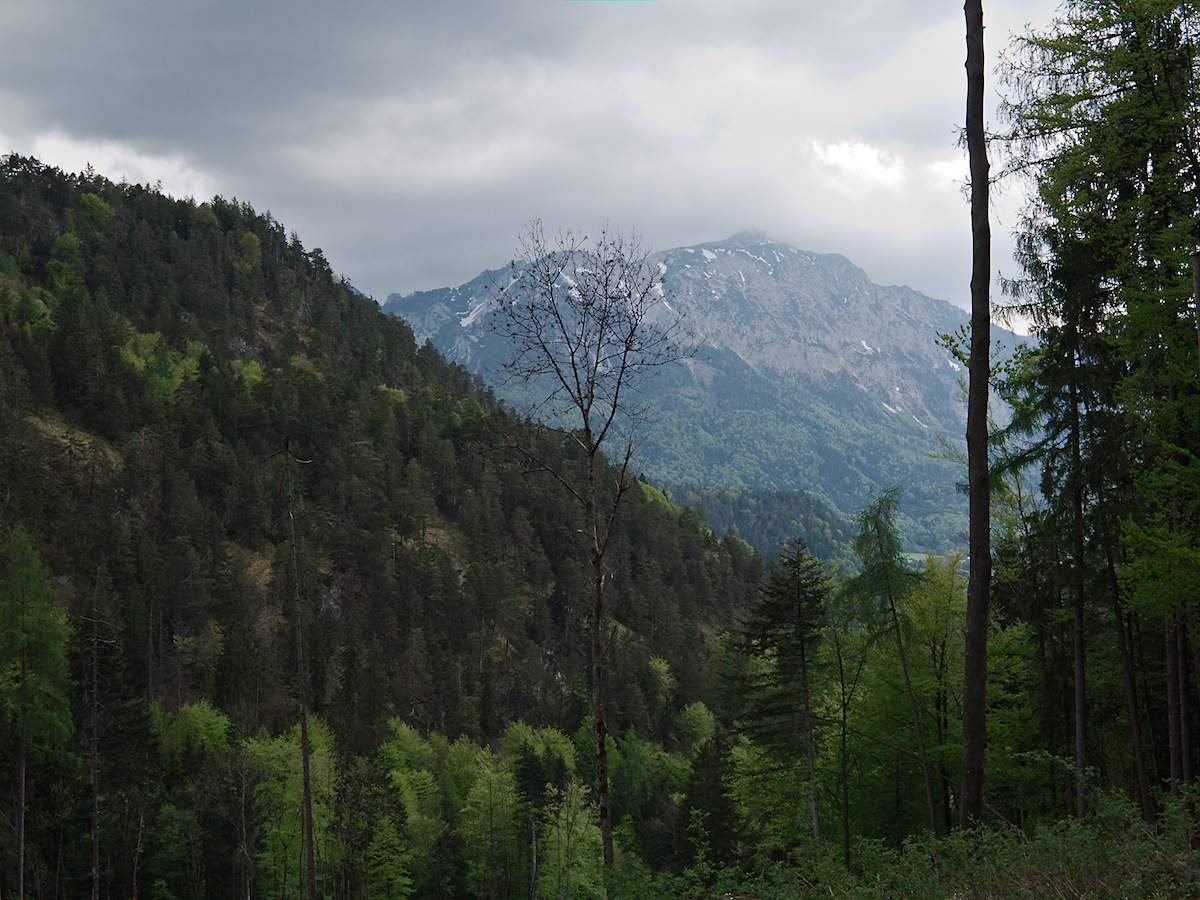
This is the first time that even an in-depth web search couldn’t give me the appropriate translation for the title of this post. “Überhälter” is a term used here in forestry, designing old trees that are left over on purpose in clear cuts, using their protective function for the young trees, but meanwhile also their positive effect for the biodiversity of these areas.
I haven’t even heard this word in German before. I like the framing very much, especially the bare trunk on the right side.
Well, this is a technical term, used in forestry and here especially when ecolocical forms are discussed, like the old “Mittelwald” – a mixed generation forest, operated by farmers.
Is Überhälter used for different types of trees, or only for certain types?
In Finland we have several different practices in clear cuts, one of them is used for birch and pine, leaving about 50-150 trees per hectare for seeding new trees. Another practice is used for fir, leaving 200-400 trees per hectare for protecting the young trees.
Clear cuts are controversial in Finland, practised a lot because of industrial efficiency, but not good for biodiversity and recreational value of forests.
“Überhälter” are usually all old trees left in the clear cut, regardless of species. Here in the Bavarian alps, the forest administration targets mixed species forests, as they should be able to better adapt to the climate change. This is also one of the reasons why we only very rarely have really large clear cuts, the other is the necessity to maintain the protection function for streets and villages at the slopes of the mountains.
Would that the same practice were followed here in British Columbia, but, alas, as Juha points out, industrial efficiency trumps good resource management.
Stephen, in such a thinly populated country like Canada the mechanisms of cultivation and harvest are certainly extremely different from a small structured country like Germany. Here all mechanisms are scrutinized, and we have a strong green movement for 3 decades now, which had quite an influence on the population and their knowledge of ecological connections.
Beautiful, but somber mountain photo. Well composed. Good to know that there are some attempts of maintain a healthy forest.
Thanks, Jeff. Yes, it’s somber, and in this way truly rendering the impending thunderstorm.
I think you are much more enlightened than we are here in Finland. Forestry is taught even in elementary schools, but from the viewpoint of forest-ownership (=making money out of owning forests), not biodiversity or adapting to the climate change.
There are a lot of forest-owners in Finland, but owning forests is controlled by local forest districts (which have tight connections to forest industry), and there is not much choice in what to do a forest-owner has with his/her forests. If you don’t want clear cuts, you can be sued for neglecting to take care of your forests. (In current forest policy “take care” means maximixing the industrial value.)
However, there are people who are advocating changes in forest policies, and sooner or later those have to be taken into account, I hope.